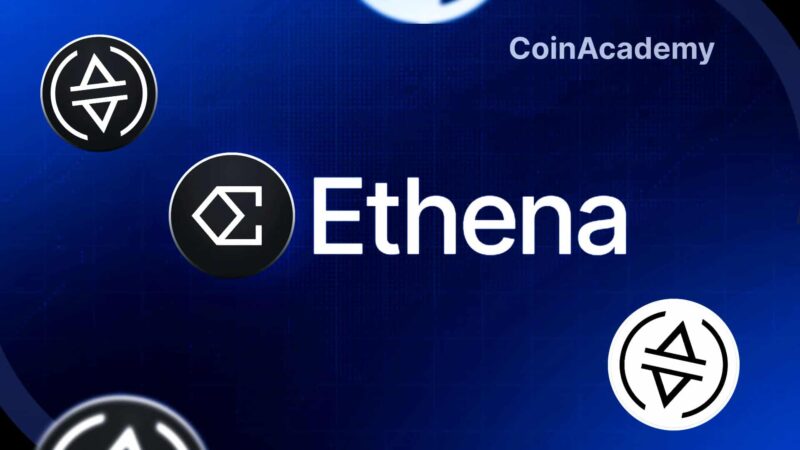Fidelity Amends S-1 Application for Ethereum Spot ETF, Removes ETH Staking
Fidelity has filed a modified version of its S-1 application with the U.S. Securities and Exchange Commission for its Ethereum Spot ETF.
This update eliminates the option of staking ETH tokens underlying the ETF, a decision that follows recent indications from the SEC, which seems to have shifted its stance on Ether ETFs, potentially under political pressure.
Regulatory Implications and Approaching Deadlines
The SEC has set a deadline for VanEck’s Ethereum Spot ETF proposal on May 23. Bloomberg ETF senior analyst Eric Balchunas recently increased the approval chances to 75%, up from the initial 25%.
However, this probability applies only to the 19b-4 form. Ethereum Spot ETF issuers will also need to obtain approval for their S-1 filings, a process that could take from a few weeks to a few months, according to Bloomberg ETF analyst James Seyffart.
The Complexity of ETH Staking and Regulatory Implications
The SEC has previously attempted to classify ETH as a security, and Ethereum’s transition to proof-of-stake (PoS) may have bolstered this argument. During a Senate Banking Committee hearing in 2022, SEC Chairman Gary Gensler suggested that cryptocurrencies and intermediaries enabling staking could be classified as securities according to the Howey test.
Despite the positive developments regarding Ethereum Spot ETFs, the regulator may still consider staked ETH as a security, according to several experts. It’s worth noting that BlackRock CEO Larry Fink suggested that the ETF had a chance of being approved regardless of ETH’s classification.
Fidelity’s initial filing, submitted on March 27, considered staking a portion of the fund’s ETH supply. This introduced additional risks, such as potential fund loss through slashing penalties and liquidity risks during the staking process.
Furthermore, staking rewards would be considered income for the fund’s tax purposes, resulting in a taxable event for investors “without associated distribution from the Trust.”




